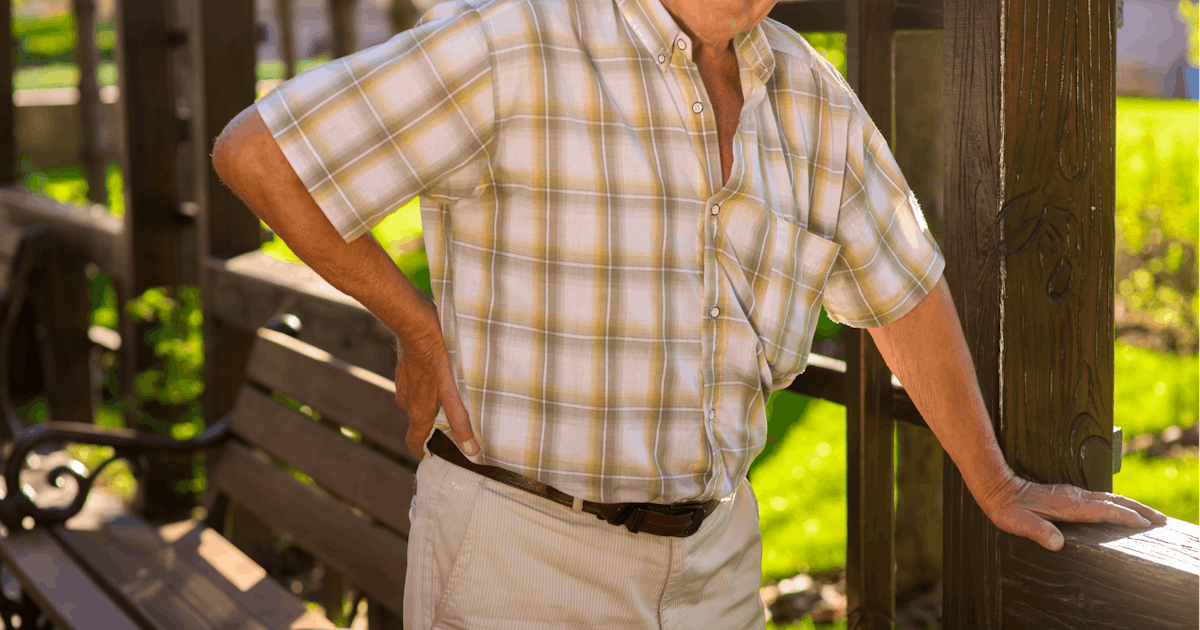
Impaired Proprioception
Last time we discussed what proprioception is and how it relates to balance, as well as exercises that can improve proprioception and balance.
Proprioception and balance can be affected by sprains and strains as well. Auto accidents are a situation that can cause extensive strains and sprains throughout the body. The muscles, tendons, joints, and ligaments contribute to proprioception, and when stretched and injured may not provide the same or consistent proprioceptive feedback. In the case of ligaments, stretch receptors provide sensory information as to how much tension is on a ligament. From this, the position of a joint can be determined. However, in the case of a sprain where a ligament is stretched to the point where it is injured and permanently lengthened beyond its normal limits, tension is thereafter produced at a different point than it was before the injury.
This results in several practical problems. For instance, the ligament will be unable to provide relevant sensory information between the point where the ligament is slack with no tension, and the point where tension starts. This can result in the body being unable to catch or stop a joint before it reaches the end of its normal range of motion or an injury point. Examples include repeatedly spraining an ankle, tripping, or falling where you would not have before an injury. This issue of determining tension and location of structures after an injury applies to other proprioceptive structures including the muscles and muscle tendons.

Proprioception and the Brain
Changes to proprioceptive structures can result in mixed messages being sent to the brain. For instance, a sprained and stretched ligament in the neck may send the message that your neck is in one position, while a tight and tense muscle may send the message that your neck is in another, and your eyes may provide another report as to your head and necks position. These mixed messages after an injury can produce dizziness. This is a particular problem when you are moving and your body is relying on proprioception to coordinate your movements.
With proprioceptive and balancing exercises, your body will learn the new positions of the joints and be able to account and compensate for changes to proprioceptive structures.
Your Chiropractor will be able to safely advise and instruct you on proprioceptive and balancing exercises. Contact your Chiropractor if you are concerned about your balance, whether due to ongoing problems or an injury.


